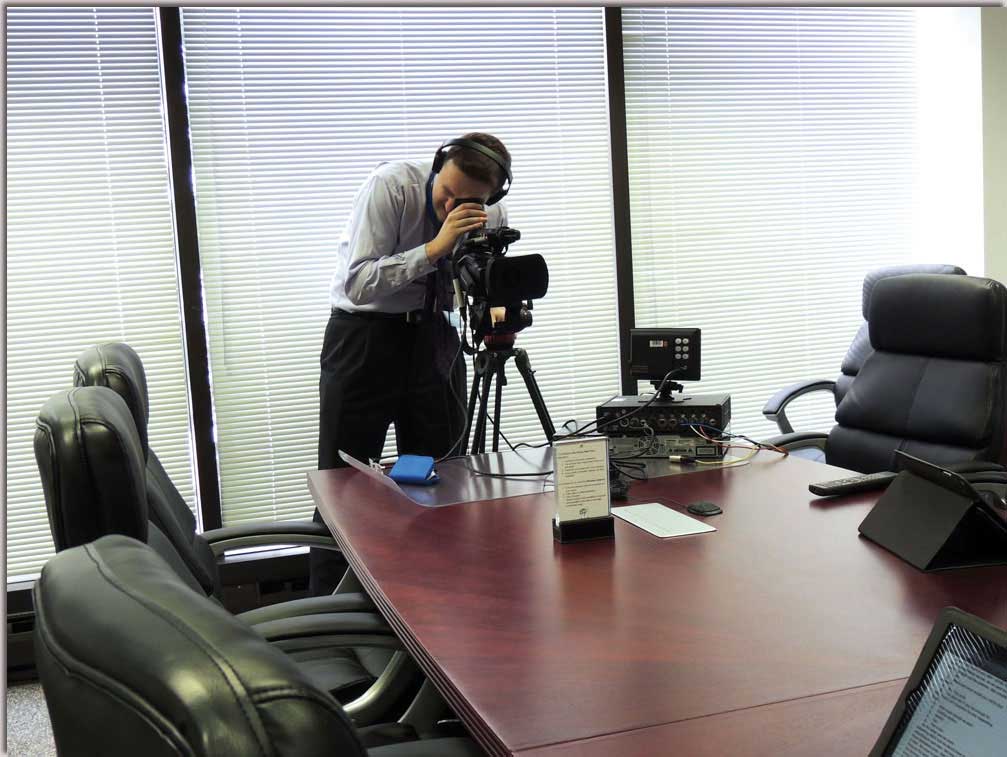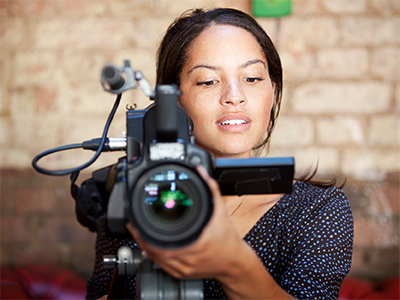Digging Into the Mechanisms of Legal Videography: Unveiling Its Procedure in Safeguarding Authentic Visual Statement for Judicial Proceedings
In the realm of judicial proceedings, the function of lawful videography stands as a keystone in preserving and offering aesthetic evidence. As modern technology remains to development, the mechanisms behind lawful videography have actually ended up being progressively intricate, offering a critical layer of credibility to testaments caught on video. By delving into the operational intricacies of lawful videography, one can discover the precise processes that guard the integrity of aesthetic evidence offered in courts - Legal Videography. This expedition not just clarifies the historic development of legal videography but also hints at the future trends that may additionally change exactly how aesthetic testaments are supported in the realm of justice.
Historic Evolution of Legal Videography
Taking a look at the historic development of lawful videography exposes a substantial makeover in the recording and presentation of aesthetic evidence within the lawful landscape. In the past, legal proceedings heavily depended on created photographs and transcripts to record events and give proof. However, with the arrival of video innovation, the legal industry witnessed a paradigm shift in exactly how aesthetic statement was recorded and offered.
The development of legal videography can be mapped back to the late 20th century when innovations in video clip recording equipment made it a lot more easily accessible for use in courts. This technical improvement not just enhanced the accuracy and dependability of visual proof but likewise transformed the method situations were provided to courts and juries (Legal Videography). Lawyers started to acknowledge the convincing power of video recordings in sharing emotions, nuances, and non-verbal hints that created photos or records alone could not capture properly

Innovation Advancements in Video Documents
What essential technological innovations have transformed video documentation in the lawful field? The legal area has actually seen significant developments in video documentation technology that have improved the authenticity and reliability of aesthetic evidence in judicial process. One of the key advancements is high-def (HD) video clip recording abilities, which provide crystal-clear photos and sharp information that are critical for accurately capturing testaments, faces, and other visual cues. In addition, the assimilation of timestamping and metadata functions in video documentation tools has actually allowed precise paperwork of when and where the video clip was taped, making sure the integrity of the proof offered in court.
Additionally, advancements in video security and watermarking technologies have bolstered the security and tamper-proof nature of video clip proof, securing it against unapproved modifications or tampering. Additionally, the introduction of cloud storage space services and remote access abilities has streamlined the storage space, access, and sharing of video clip proof, helping with seamless partnership amongst lawyers and ensuring efficient access to essential visual statements when required. These technical developments in video documentation have certainly reinvented the lawful field, improving the precision, reliability, and admissibility of visual evidence in judicial proceedings.
Role of Legal Videographers in Court Settings
The evolution of video clip documentation technology in the lawful field has required an essential function for lawful videographers in court room settings, making sure the stability and dependability of visual testimonies provided throughout judicial process. Legal videographers play an essential duty in capturing and protecting precise aesthetic proof that can be critical in lawsuit. Their obligation expands to establishing equipment, tape-recording proceedings, and generating premium videos that precisely show the events in the court.
Furthermore, legal videographers frequently work closely with legal teams to make sure that the video clip evidence straightens with the instance's demands and can be effectively presented in court to sustain the lawful debates being made. On the whole, the duty of lawful videographers in court room settings is important in maintaining the principles of justice and guaranteeing the transparency of legal proceedings. Legal Videography.

Ensuring Admissibility and Honesty of Video Evidence
To keep the reputation of aesthetic proof presented in lawful process, making certain the admissibility and integrity of video proof is a critical responsibility for legal videographers. Admissibility refers to the approval of proof by the court, and click this for video evidence to be admissible, it needs to satisfy specific standards. Legal videographers play a crucial function in guaranteeing that the video clips they catch abide by the rules of evidence, such as integrity, relevance, and credibility.
Honesty of video proof includes preserving the originality and accuracy of the video footage from the time it is tape-recorded till it is presented in court. This includes securely keeping the video clip files, recording the chain of wardship, and preventing any tampering or alterations. Lawful videographers need to stick to strict procedures to guarantee the integrity of the video clip evidence and stop any type of obstacles to its credibility.
Future Trends in Legal Videography
Provided the raising reliance on innovation in lawful procedures, legal videographers are poised to accept ingenious innovations forming the future of visual testimony capture and presentation. Among the noticeable trends on the horizon is the integration of virtual reality (VIRTUAL REALITY) and enhanced fact (AR) innovations into legal index videography. These modern technologies have the potential to reinvent just how aesthetic proof is provided in court rooms, enabling judges and courts to immerse themselves in the scene of the criminal offense or event.
Moreover, the use of expert system (AI) algorithms for video evaluation is expected to my link enhance the procedure of assessing and analyzing big amounts of video footage. AI can help in determining essential minutes, abnormalities, and patterns within videos, enhancing the efficiency of lawful investigations.

Final Thought
In verdict, lawful videography has played a crucial duty in providing authentic aesthetic evidence for judicial proceedings. With technical innovations and the proficiency of lawful videographers, the integrity and admissibility of video clip evidence are made sure in courtroom settings. As legal videography remains to develop, it will certainly be important to promote standards that preserve the accuracy and dependability of visual testimony for the future of lawful procedures.
Taking a look at the historical progression of lawful videography discloses a significant improvement in the capturing and presentation of visual proof within the lawful landscape.The development of video documentation modern technology in the lawful area has actually demanded an essential function for lawful videographers in court setups, guaranteeing the integrity and reliability of visual testimonies offered throughout judicial procedures. Furthermore, lawful videographers frequently work carefully with legal teams to guarantee that the video clip proof lines up with the case's requirements and can be effectively offered in court to support the lawful disagreements being made.To maintain the reliability of aesthetic evidence presented in lawful procedures, guaranteeing the admissibility and integrity of video evidence is an important duty for lawful videographers. As lawful videography proceeds to evolve, it will certainly be necessary to support requirements that keep the accuracy and dependability of aesthetic statement for the future of legal process.